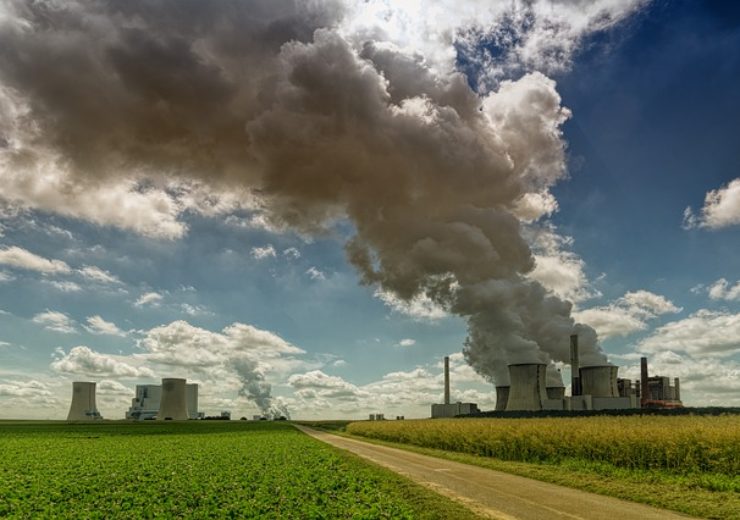Renewable energy generation is growing in China, wind and solar will only account for 20% of China's generating capacity by 2020

Image: New study shows CO2 capture from Chinese coal-fired power plants could be less expensive. Photo: Courtesy of Johannes Plenio from Pixabay.
China contributes about 30% of global anthropogenic CO2 emissions with coal-fired power plants accounting for about half of this total. There is about 1000 GW of coal-fired capacity in China, and about half of these power plants are less than half way through their service life. While renewable energy generation is growing in China, wind and solar will only account for 20% of China’s generating capacity by 2020. This points to a pressing need to address CO2 emissions from operating coal power plants across the country as part of its path towards meeting its Paris agreement commitments.
A new study to be published in Joule, a flagship journal of Cell Press, in September 2019 titled “Large-scale affordable CO2 capture is possible by 2030,” analyzes the costs of retrofitting CO2 capture at power plants across China and finds that the distribution is wider than previously thought. The study further considers several avenues are available in the existing policy and market regime to further reduce the net avoided cost of capture and that over 100 million tCO2/year could be mitigated using carbon capture and storage (CCS) for an avoided cost of less than $37/tCO2 and to as low as $25/tCO2 for some plants.
Given renewed global interest in CCS the results of this study suggest that CCS can play an important role in China’s efforts to reduce its CO2 emissions, alongside renewable energy, demand response and other options. The results of the study suggest that the rate of deployment of CCS in China will likely be limited by the maturation of transport and storage, rather than the cost of capture.
Mr. Shuhua Mi, Senior VP of China Energy, the world’s largest electric utility and operator of the plants examined in this study, said, “these results show that CO2 capture can be important option in reducing the carbon intensity of our generating fleet, and point out interesting directions that will be explored as part of our strategic planning.” Dr. Chang Wei, CEO of NICE, and a co-author of the study noted that “references cases used internationally for analyzing costs are important for comparing different technologies and the next step, which we have taken, is to understand cost distributions across real-world power plant fleets to plan out a lowest cost pathway for action.”
Dr. Anthony Ku, one of the corresponding authors, pointed out “some of the avenues for cost reduction in this study have been used as part of China’s recent efforts to control air pollution and urban haze. The possibility of adapting them to CO2 management presents a chance for China to continue showing leadership in this area.” While many of the factors driving a significant opportunity with absolute costs below $30/tCO2 are unique to the Chinese system, incentives also exist in other parts of the world. For example, CCS in the US might focus on natural gas power plants and take into account available tax incentives such as the 45Q or 48A tax credits.
Ultimately, lowest potential costs will depend on the width of the cost distribution and the value of applicable incentives. Globally, this approach could be used to identify lower cost opportunities to accelerate CCS deployment in other countries but could have the most impact through its contribution to maturation of the CCS supply chain in China.
Source: Company Press Release
